The landscape of American childcare is shifting, and families are speaking up about what they truly need. Our latest survey reveals surprising insights that every parent should know.
Rigid schedules of traditional childcare options are failing families, making flexibility the most pressing unmet need
81% of respondents reported being either satisfied or very satisfied with their current childcare solution, yet many indicated interest in exploring alternatives
Safety, flexibility, and cost are universal priorities – but lack of flexibility consistently drives dissatisfaction
The au pair program’s flexibility aligns closely with the top needs of both rural and suburban families
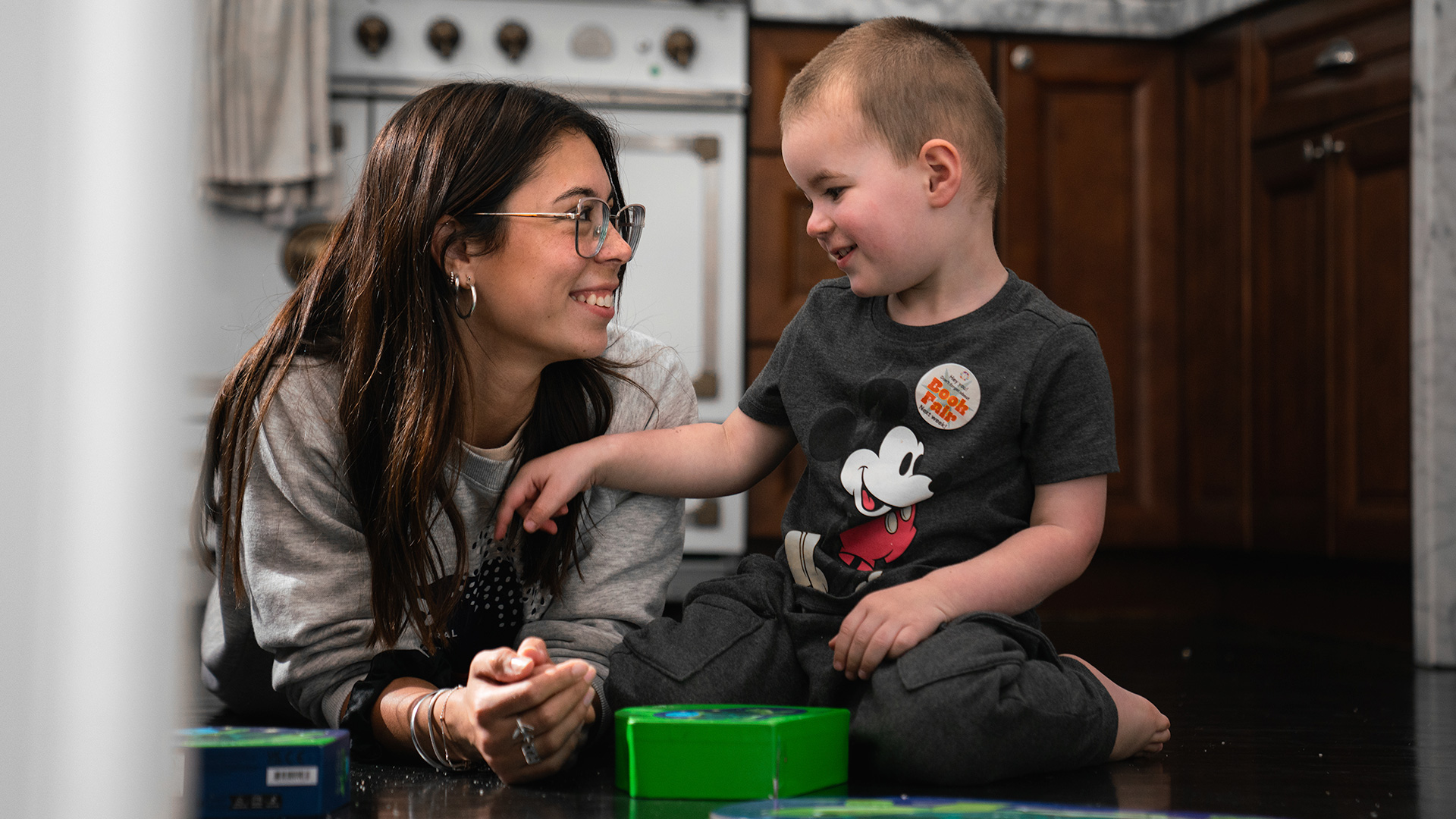
As parents, we're all trying to figure out the same puzzle: How do we find childcare that works for our real lives? Not the idealized version of family life we see on Instagram, but the messy, beautiful, ever-changing reality of raising children in 2025.
We recently surveyed hundreds of American families to understand what's really happening in the world of childcare today. What we discovered will probably sound familiar to many of you and might just change how you think about your family's care options.
The flexibility crisis: why traditional childcare is failing families
More than 60% of parents are negatively affected by inflexible childcare arrangements. Despite 81% of families reporting satisfaction with their current childcare, the majority are struggling with rigid schedules that don't match their real lives.
Think about your own family's rhythm. Maybe you have a work presentation that runs late, or your child gets sick on the day of an important meeting, or summer break arrives and suddenly your carefully orchestrated schedule crumbles. These aren't rare emergencies; they're the normal ebb and flow of family life.
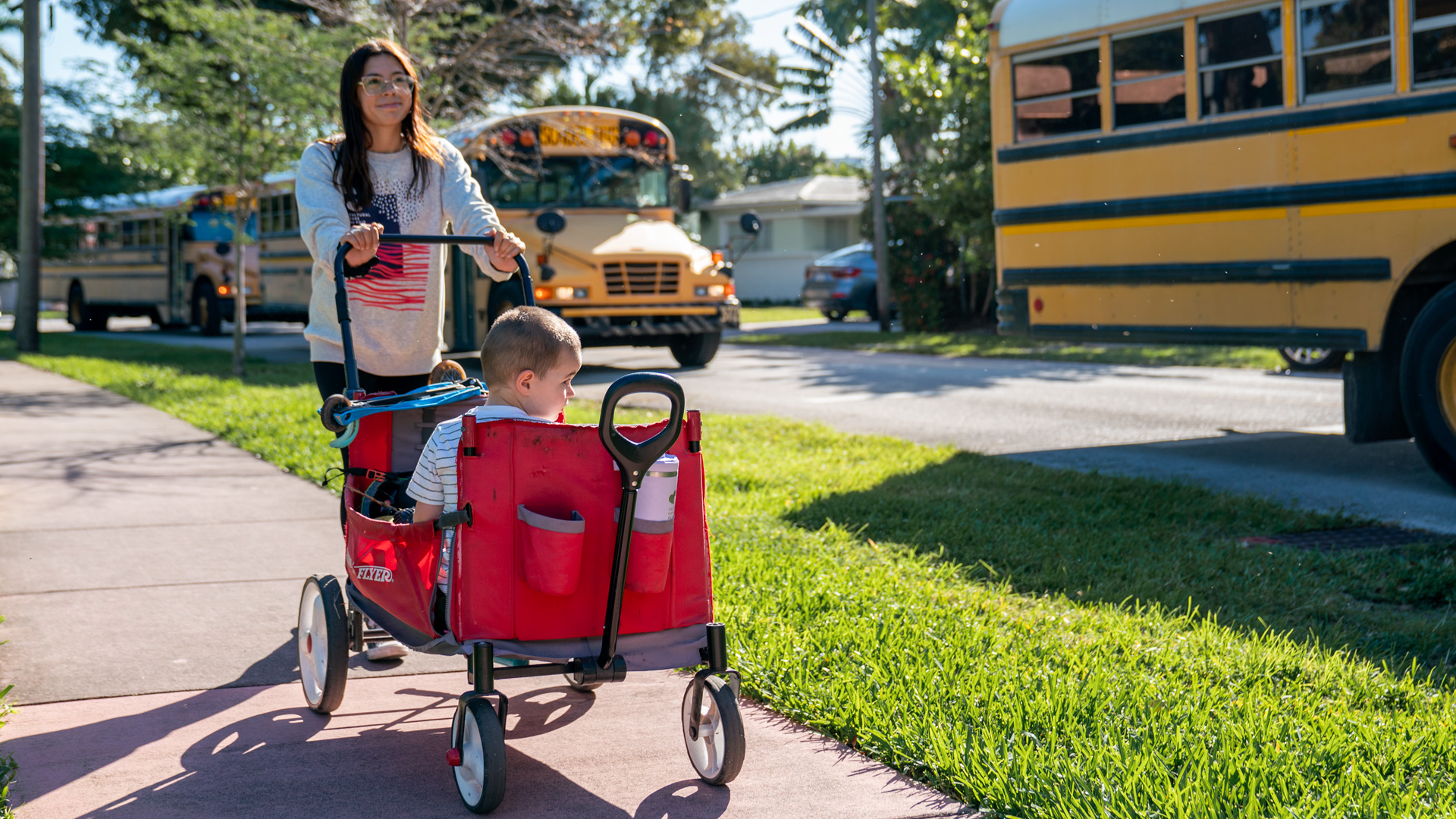
Yet traditional childcare options often operate in a rigid format, with strict pick-up times, limited backup options, and schedules that assume your life runs like clockwork. No wonder flexibility ranked as the top factor influencing childcare choices across all income levels and regions.
Affordability: why cost concerns unite all families
Affordability is a major concern for families across the spectrum of household income. It's easy to assume that money solves childcare problems, but flexible childcare options that provide value beyond safety can be difficult to find regardless of income.
Families are looking at the total value equation. They're asking, "Am I getting enough benefits for what I'm paying?" This is where the au pair program really shines, especially for families who can appreciate both the cost-effectiveness and the additional benefits like cultural exchange and ultimate flexibility.
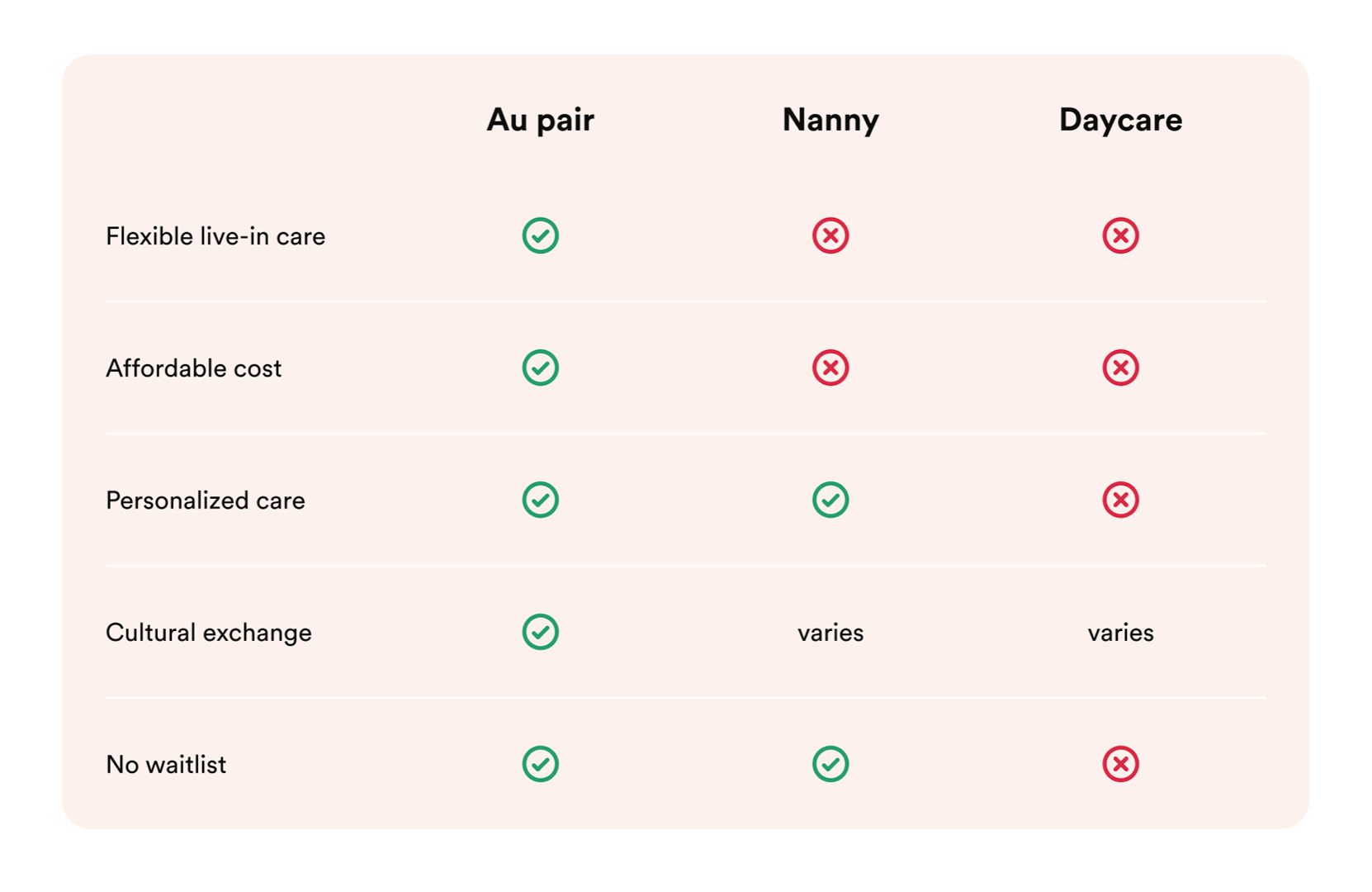 An au pair becomes a member of your household, assisting with child supervision and care and receiving room, board, and a weekly stipend. They work according to a flexible timeline that you establish, with limits of 10 hours daily and a maximum of 45 hours weekly. They can also handle child-related responsibilities including kids' laundry, meal prep, and driving children to school or extracurricular activities. Host families typically find the cost of hosting an au pair to be comparable or even less expensive than daycare or nannies, especially with multiple children.
An au pair becomes a member of your household, assisting with child supervision and care and receiving room, board, and a weekly stipend. They work according to a flexible timeline that you establish, with limits of 10 hours daily and a maximum of 45 hours weekly. They can also handle child-related responsibilities including kids' laundry, meal prep, and driving children to school or extracurricular activities. Host families typically find the cost of hosting an au pair to be comparable or even less expensive than daycare or nannies, especially with multiple children.
Cultural exchange: providing added value
While safety and affordability are essential childcare considerations, families also prioritize cultural exchange and language exposure for their children. They're not just looking for someone to watch their kids—they're seeking enriching experiences that broaden their children's worldview.
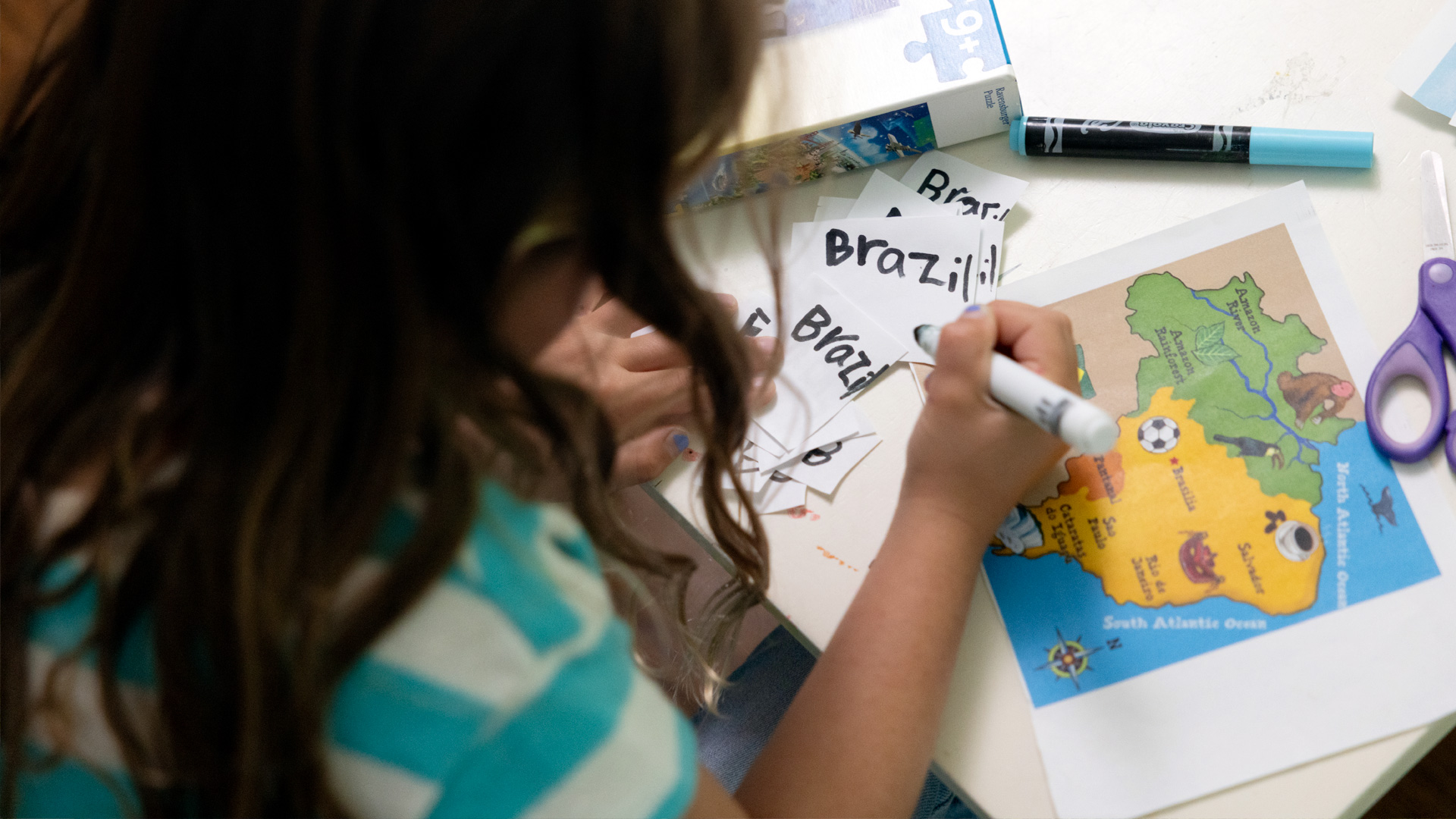
This makes perfect sense. Some families are already immersed in diverse communities, and they want their childcare to reflect and enhance that multicultural experience. Others are looking to expand their children’s worldview and want the opportunity to experience multiple cultures in their everyday lives. The au pair program meets a practical need for them while aligning with their values about raising globally aware children.
The satisfaction paradox: happy but still searching
We found that 81% of families are satisfied with their current childcare, yet many are actively exploring alternatives. This tells us that "satisfied" doesn't mean "completely fulfilled." Parents are making do with what's available, but they're dreaming of something better.
It's like settling for a job that pays the bills but doesn't inspire you. You're grateful, but you keep your eyes open for opportunities that might be a better fit. That's exactly what's happening in childcare right now, and the au pair program represents a huge opportunity to meet the needs of families who could benefit tremendously from more flexible and reliable care options.
What this means for your family
If you're reading this and thinking, "yes, this is exactly what I'm experiencing," you're not alone. The childcare landscape is complex, but being aware of every childcare option available to you can help you make more informed decisions for your family.
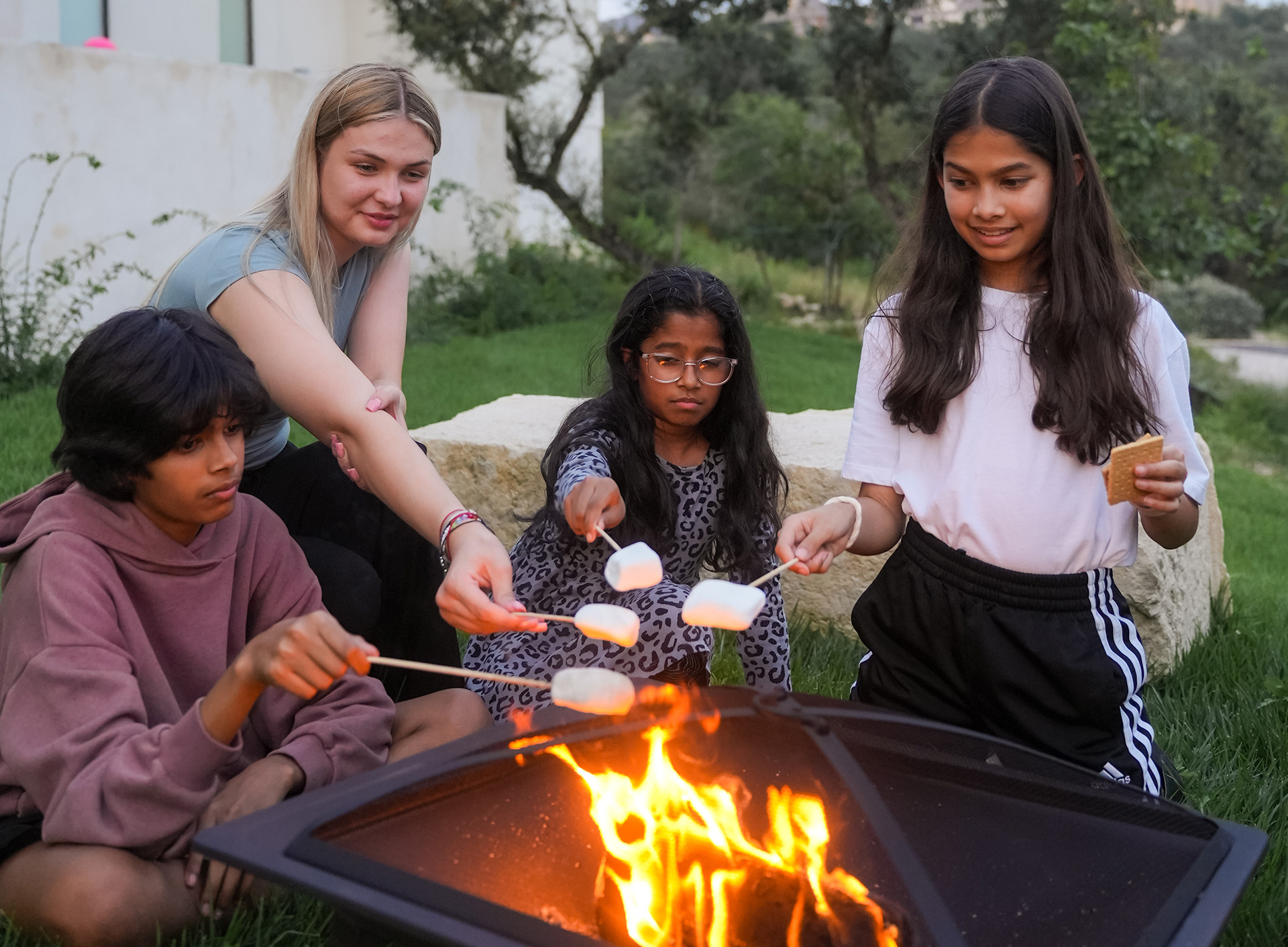
Consider these questions:
Are you compromising flexibility because you think you have to?
Could your family benefit from cultural exchange and language exposure?
Are you aware of all the childcare options available to you?
Is your current arrangement meeting your family's evolving needs?
The au pair program creates an ideal arrangement for families who want dependable childcare combined with international cultural enrichment. Through these structured programs, young people between the ages of 18 and 26 travel from other countries to join American households on authorized visas, staying for as long as two years. Au pairs contribute childcare assistance while becoming integrated family members who receive housing, meals, and educational support. This arrangement allows them to discover American culture firsthand, explore the country, and fully engage with a different way of life. The result is a rewarding cross-cultural experience that benefits both the host family and the au pair.
Looking forward: the future of American childcare
The data is clear: American families need childcare solutions that are flexible, affordable, enriching, and that understand that modern family life is dynamic, not static. They're looking for childcare that can adapt to their changing needs while providing real value beyond basic supervision.
The au pair program uniquely addresses many these needs, offering unmatched flexibility, cultural enrichment, and cost-effectiveness for the right families.
As we navigate 2025 and beyond, the childcare industry has an opportunity to better serve American families by prioritizing flexibility, understanding diverse family needs, and providing genuine value that goes beyond just keeping children safe.
Curious about our study methodology? Check out our overview and key findings here.
)
)
)
)
)